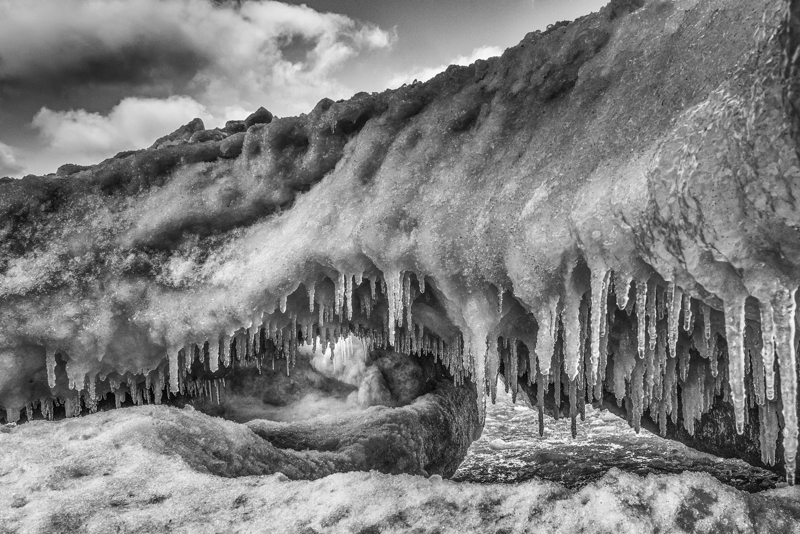
by Sheen Watkins
Spring, summer and fall surrounds us with vibrance, color and warmth. Winter brings short days, long evenings and temperatures that in some areas can be downright dangerous if not prepared. The first few days of 2018 welcomed winter storm Grayson along the eastern seaboard and frigid conditions in the midwest. The deep south, even Florida experienced cold, icy conditions and some snow.
Winter days are shorter and not as colorful as our other seasons. However, the beauty and imagery that exists with the paler shades of winter rivals the other season’s vibrance. So let’s bundle up, grab our gear and go take advantage of this season’s unique beauty. For some inspiration to break out into the chill, we’ll explore examples of nature, wildlife and landscape photography. Tips on winter attire and keeping you gear in good shape are also included.
Capturing Winter’s “Whiter Shade of Pale”
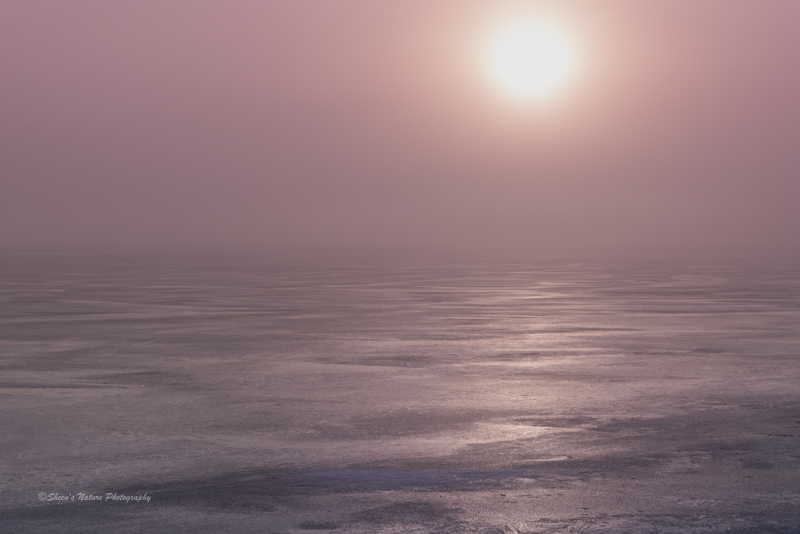
by Sheen Watkins
Images with winter’s soft, neutral pallets soothe the eye. Lighting is softer and colors are subdued. When photographing the soft and serene, consider how the moment felt when your processing your images.
The champagne-on-ice sunset above was only ice and soft color as far as the eye could see. To maintain the gentleness of the rose-gold sunset, the saturation and clarity were slightly softened in Lightroom by pushing the sliders to the left.
A Winter Photography Walk

by Sheen Watkins
Bring out your widest angle lens and take a photography walk. The harsh textures, straight lines and vivid shapes above reflect winter’s bite. The frozen piers and beams cast shadows that point to the sunrise and sun flare.
In order to capture the starburst, the aperture setting was set to f/16. In post processing, the clarity and contrast sliders were pushed to the right in Lightroom to further sharpen the starburst and leading lines. For tips on sunrises and starbursts: How to Make Your Images Sparkle and Shine
Cold as Ice
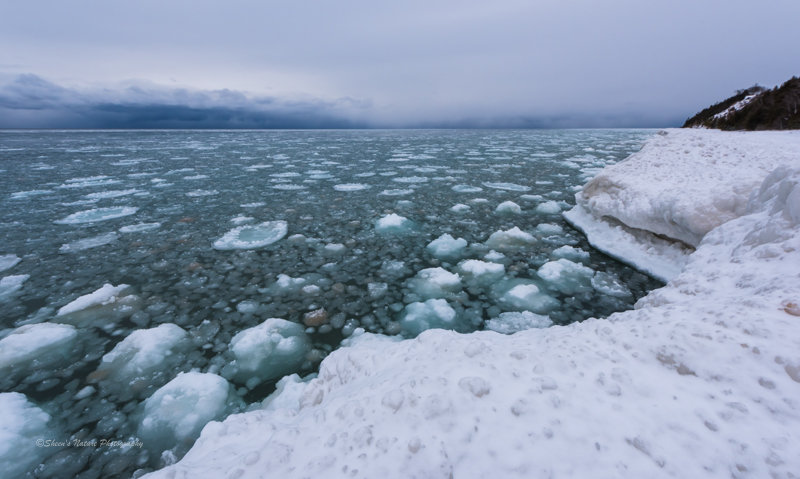
by Sheen Watkins
Photograph and share the unusual. Living in Michigan, we make the sacrifice of leaving warmth to battle extreme conditions on occasions. The frigid conditions bring frazil ice. When it forms, it may be just for brief day or two before the wind and volatile conditions take it away. Frazil ice looks like floating snow cones and pancakes.
With a tripod, safety gear and a partner, I made the trek to a tested area that was thick and solid. The voluminous frazil ice in Lake Michigan’s blue water and grey-blue sky made the shot worthwhile.
Note and reminder! Photographing icy conditions requires an extra set of precautions to ensure personal and gear safety. Even if your experienced with icy conditions, always take a partner and have an emergency plan just in case. Additionally, ice can be very misleading. Many factors can impact the strength of the ice. What may look strong and solid could actually be a dangerous step. Check out: Tips on Knowing When Ice is Safe.
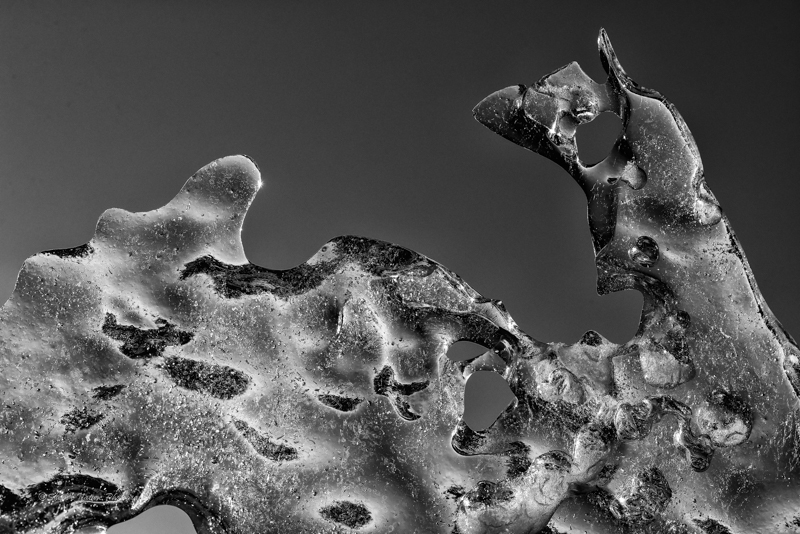
by Sheen Watkins
When ice formations appear, a macro perspective provides a close look natures’ creation of an ice sculpture.
Color My Word….Or not
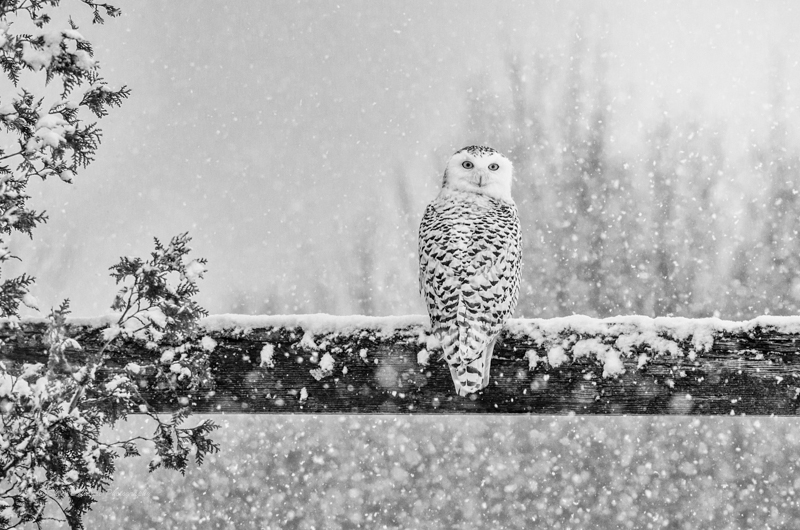
by Sheen Watkins
Reveal the soul of nature by converting and processing bird and wildlife images in black and white. The magnificent snowy owl with his intense golden stare is one of my personal favorites.
The Before and After Moment
The weather reporter has just delivered the winter storm that’s bearing down ‘tomorrow.’ Today, take a before image. After the weather hits, capture the same scene with Mother Nature’s impact to share her story.
Sleeping Foliage and Flowers
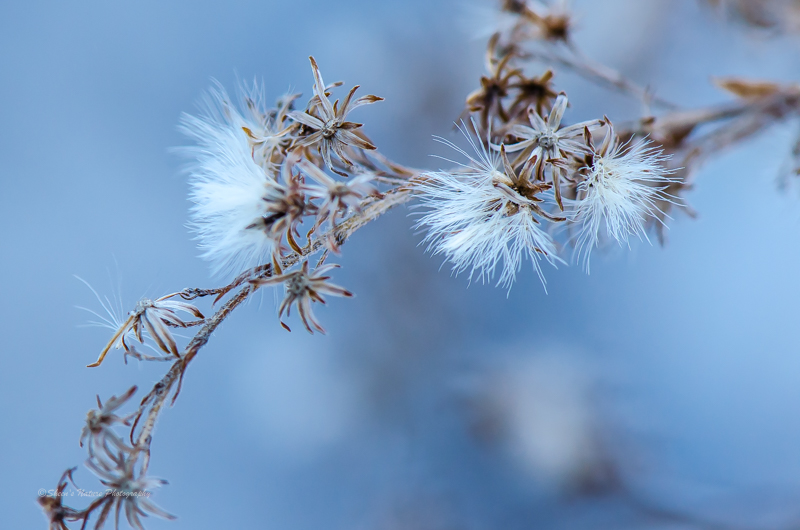
by Sheen Watkins
For those of us that love our flowers, winter grows her own foliage moments. What may be a dried up weed to a passerby, may be a special subject for the photographer. Colorless weeds, dried flowers and leaves fill the frame with texture and a promise that new foliage will return.
Preparing You & Your Gear for the Elements
When the temperatures are in the thirties and forties, it’s easy to manage. When it dips to freezing and below, it’s a different story. The shivery winds and dropping temperatures require special gear for you and special care for your equipment. Here’s a few tips that work in temps from zero to normal weather conditions. These few extra steps will keep you and your equipment healthy and ready for the next shoot.
Exposed skin protection – before the coats, gloves and hats, start with the skin you’re in. Moisturizers, sun screen, chap stick, eye drops are a necessary base layer to keep your skin protected from the elements and the rougher, heavier winter fabrics.
Layer it up – instead of going for the one heavy layer, wearing multiple layers that are lighter in weight make it easy to shed during the day when it warms up. Clothing with pockets that can hold camera batteries close to your person versus close to the elements will help keep their charge longer. Below freezing conditions wreak havoc on your camera batteries and cell phone too.
Gloves – there are so many choices and layering applies here too. Gloves with attached waterproof finger covers (convertible mittens) keep fingers warm in between shoots. For super cold, frigid conditions, keeping a heavy set of gloves with a separate, warm liner underneath provides flexibility when you need to take your shooting hand out quickly but with some protection.
Shoe spikes or yak traks – if shooting on icy conditions, stability can be easily compromised within a fraction of a second. Don’t take your safety or ability to ‘handle the ice’ for granted. Attach spikes or tracks to your shoes to help prevent falling and damaging you and/or your equipment.
Patience
After shooting in the elements, wipe down and dry your gear before placing back in to your bag. Give your camera gear (and you) time to warm back up in the bag once inside. The fast temperature change can cause condensation to form inside and outside of your camera.
Winter photography has a special place in my heart. Maybe it’s because I live in the Northern Hemisphere near the 45th parallel. A recent afternoon was spent shooting in 8 degrees with a chill factor of -13 degrees. Some may call this crazy. I like to think of it as creative inspiration infused by winter’s chill.